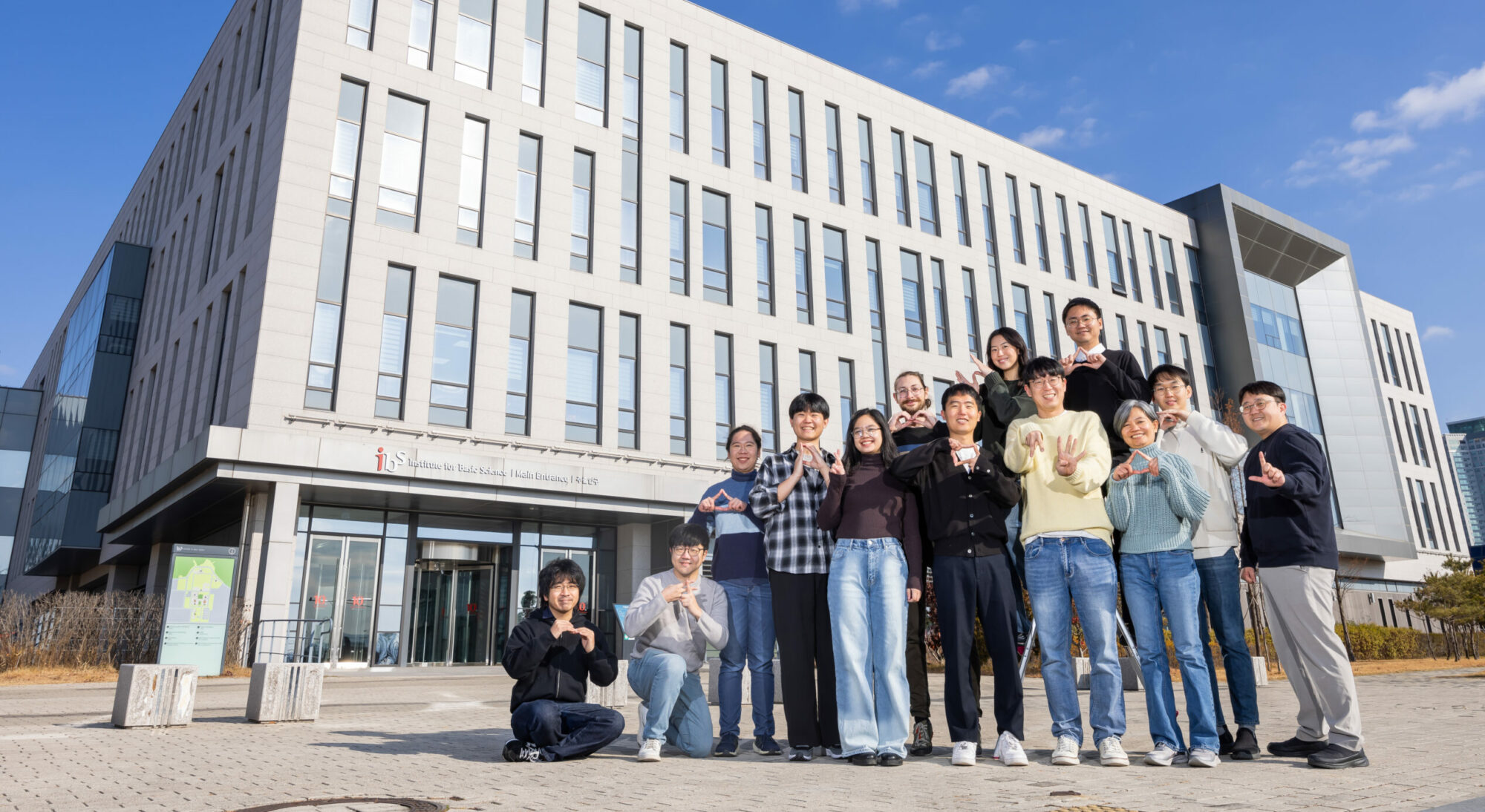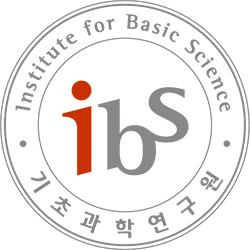We will discuss about “Ligand-receptor promiscuity enables cellular addressing”, Su et al., bioRxiv (2021)
In multicellular organisms, secreted ligands selectively activate, or “address,” specific target cell populations to control cell fate decision-making and other processes. Key cell-cell communication pathways use multiple promiscuously interacting ligands and receptors, provoking the question of how addressing specificity can emerge from molecular promiscuity. To investigate this issue, we developed a general mathematical modeling framework based on the bone morphogenetic protein (BMP) pathway architecture. We find that promiscuously interacting ligand-receptor systems allow a small number of ligands, acting in combinations, to address a larger number of individual cell types, each defined by its receptor expression profile. Promiscuous systems outperform seemingly more specific one-to-one signaling architectures in addressing capacity. Combinatorial addressing extends to groups of cell types, is robust to receptor expression noise, grows more powerful with increasing receptor multiplicity, and is maximized by specific biochemical parameter relationships. Together, these results identify fundamental design principles governing cell addressing by ligand combinations.

